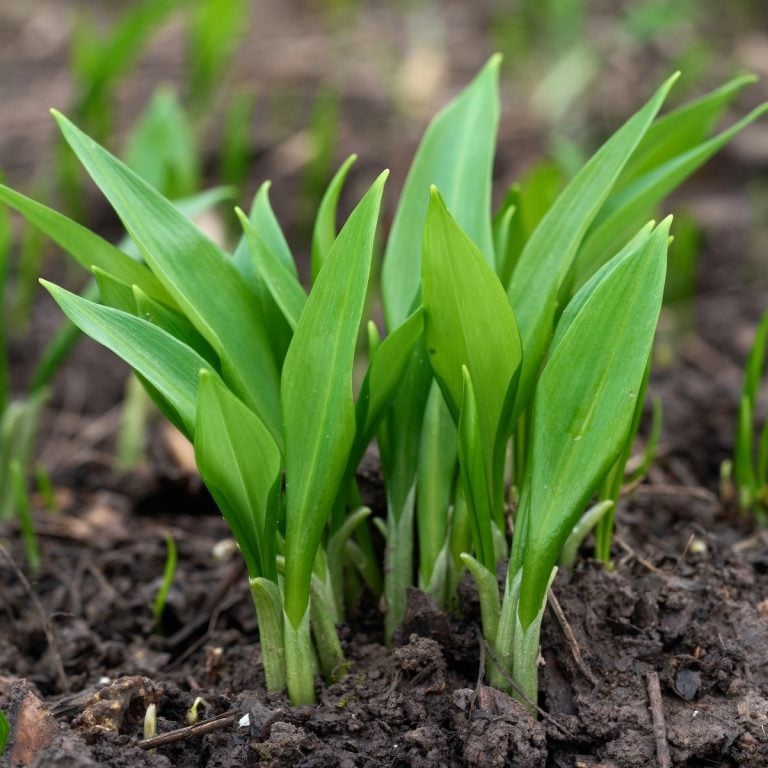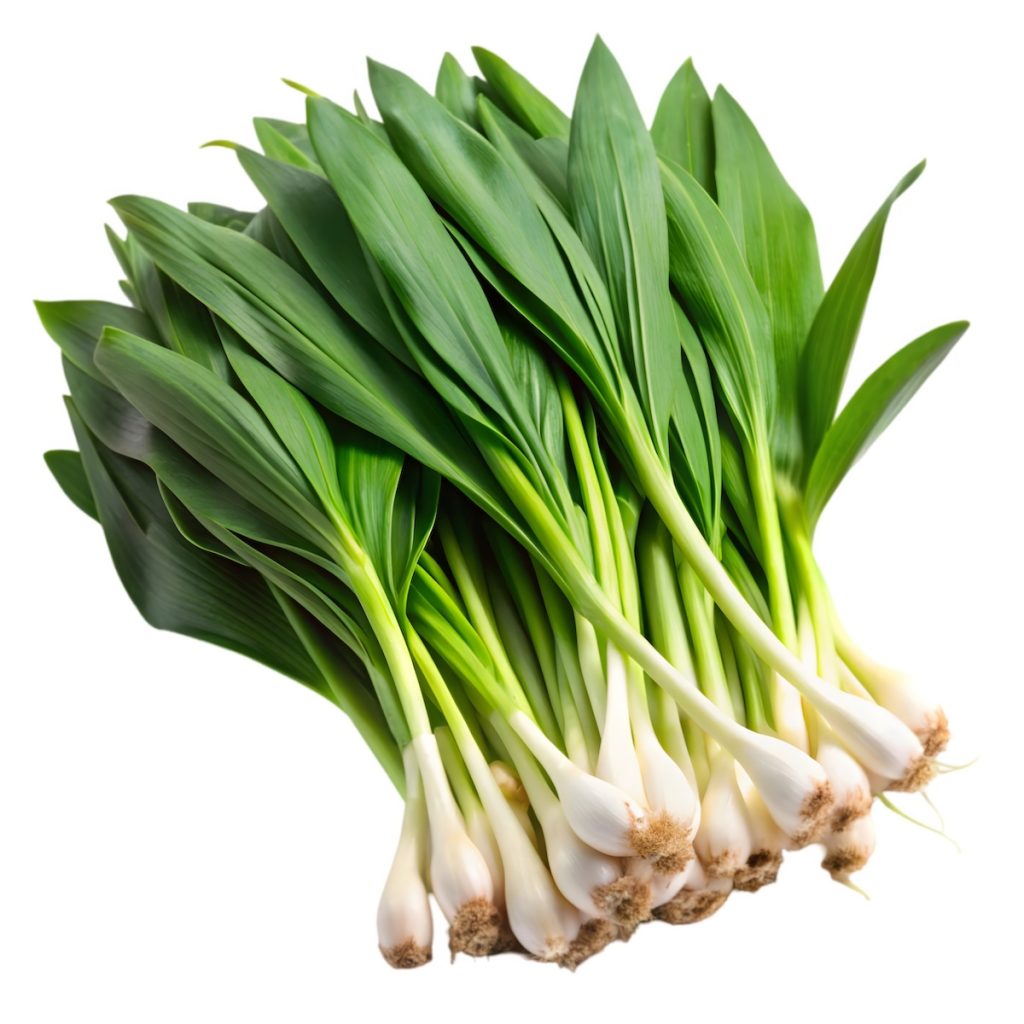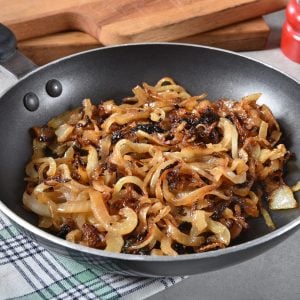What Are Ramps? A Guide to Cooking and Enjoying Wild Leeks
My daughter recently called from New York City, excited about a vegetable that’s popping up on menus all over town—ramps. Known as wild leeks, ramps are the “it” vegetable this spring, especially in trendy city kitchens and farmers’ markets.
Their short growing season makes them a prized ingredient, especially among chefs and food lovers eager to celebrate the first signs of spring. Ramps have a bold, garlicky flavor with a hint of sweet onion, and they’re just as delicious grilled as they are tossed into pastas, folded into eggs, or blended into vibrant pestos.
Restaurants across NYC are showcasing ramps in everything from flatbreads to house-made butter. My daughter says it’s hard to find a seasonal tasting menu that doesn’t include them in some form.
Their sudden popularity isn’t just about flavor—it’s also about timing. Ramps appear only for a few weeks in early spring and are often foraged in shaded woodlands, which adds to their mystique and limited availability.
If you spot ramps at your local market, grab them while you can. Their fresh, punchy taste and versatility in the kitchen make them a springtime gem worth celebrating—whether you’re in a Manhattan bistro or your own home kitchen.
How to Use Ramps In Cooking
Use | How to Use | Example |
| Sautéed or Grilled | Cook whole ramps in olive oil or butter until tender and charred | Serve with roasted chicken, steak, or in grain bowls |
| Pesto | Blend leaves with olive oil, nuts, Parmesan, and lemon juice | Toss with pasta, spread on crostini, or spoon over vegetables |
| Pickled | Preserve bulbs and stems in vinegar with sugar and spices | Add to sandwiches, burgers, or charcuterie boards |
| Scrambled or Omelets | Sauté chopped ramps before mixing with eggs | Fold into scrambled eggs, omelets, or frittatas |
| Soup/Broth Base | Use sautéed ramps as an aromatic base | Add to potato-leek soup or chicken broth |
| Pizza & Flatbread | Use raw or lightly sautéed ramps as a topping | Top with ricotta and prosciutto or mushrooms and mozzarella |
| Compound Butter | Mix chopped ramps into softened butter | Serve over steak, vegetables, or spread on warm bread |
| Pasta & Risotto | Stir chopped ramps into cooked pasta or risotto | Make spring pea risotto or spaghetti with pancetta |
| Raw in Salads | Use tender young leaves raw | Toss with arugula, radishes, and lemon vinaigrette |
| Savory Baked Goods | Add chopped ramps to dough or batter | Bake into scones, muffins, biscuits, or focaccia |
What Are Ramps?
Ramps (Allium tricoccum) are wild perennial vegetables native to North America, belonging to the allium family—the same family as onions, garlic, and leeks. Often called wild leeks or wild garlic, ramps grow in shaded, deciduous forests in early spring and have become a seasonal delicacy for chefs and foragers alike.
They have smooth, broad, green leaves with reddish-purple stems and small white bulbs that resemble scallions. Their bold flavor sets ramps apart, which combines the pungent bite of garlic with the sweetness of spring onions.
The leaves and the bulbs are edible and can be used in various dishes, from pestos and pastas to pickles and compound butters.
Ramps are typically available for only a few weeks, usually from mid-April to early May, making them a highly anticipated seasonal treat. Because of their growing popularity and limited supply, they’re often featured in farm-to-table menus and sold at premium prices in urban farmers’ markets.
It’s worth noting that ramps grow slowly and can be overharvested. Responsible foraging or purchasing from sustainable sources helps preserve this flavorful spring ingredient for future generations.
Can Ramps Be Farm Grown?
Yes, ramps can be grown on a farm, but they require very specific conditions that mimic their natural woodland habitat. Because ramps are wild, slow-growing perennials native to shaded deciduous forests, farming them involves:
Shade: Ramps thrive in partial to full shade, often under hardwood trees like maples and oaks.
Soil: They prefer rich, well-drained, moist soil with plenty of organic matter.
Patience: Ramps grow slowly and can take several years (3 to 7 years) before reaching harvestable size.
Sustainability: Because they’re slow to mature, overharvesting wild ramps has become a concern. Farming ramps can help protect wild populations by providing a sustainable supply.
Many small farms and specialty growers have started cultivating ramps by recreating forest-floor conditions, often using shade cloth and mulch to simulate the natural environment. While it’s more labor-intensive and requires patience compared to typical vegetable farming, farm-grown ramps help meet growing market demand while reducing pressure on wild populations.
What Part of the Ramp Do You Use?
Both the leaves and the bulbs of ramps are used in cooking.
The bulbs look like small scallions and have a pungent, garlicky flavor that mellows when cooked. They can be sautéed, pickled, grilled, or used like onions or garlic in recipes.
The leaves are broad, tender, and bright green with a milder, fresh onion-garlic flavor. They can be used raw in salads, blended into pestos, or cooked like spinach or chard.
Using both parts adds layers of flavor and texture—bulbs bring boldness, while leaves offer freshness. Many recipes call for the entire ramp, but sometimes cooks separate bulbs and leaves depending on the dish.





